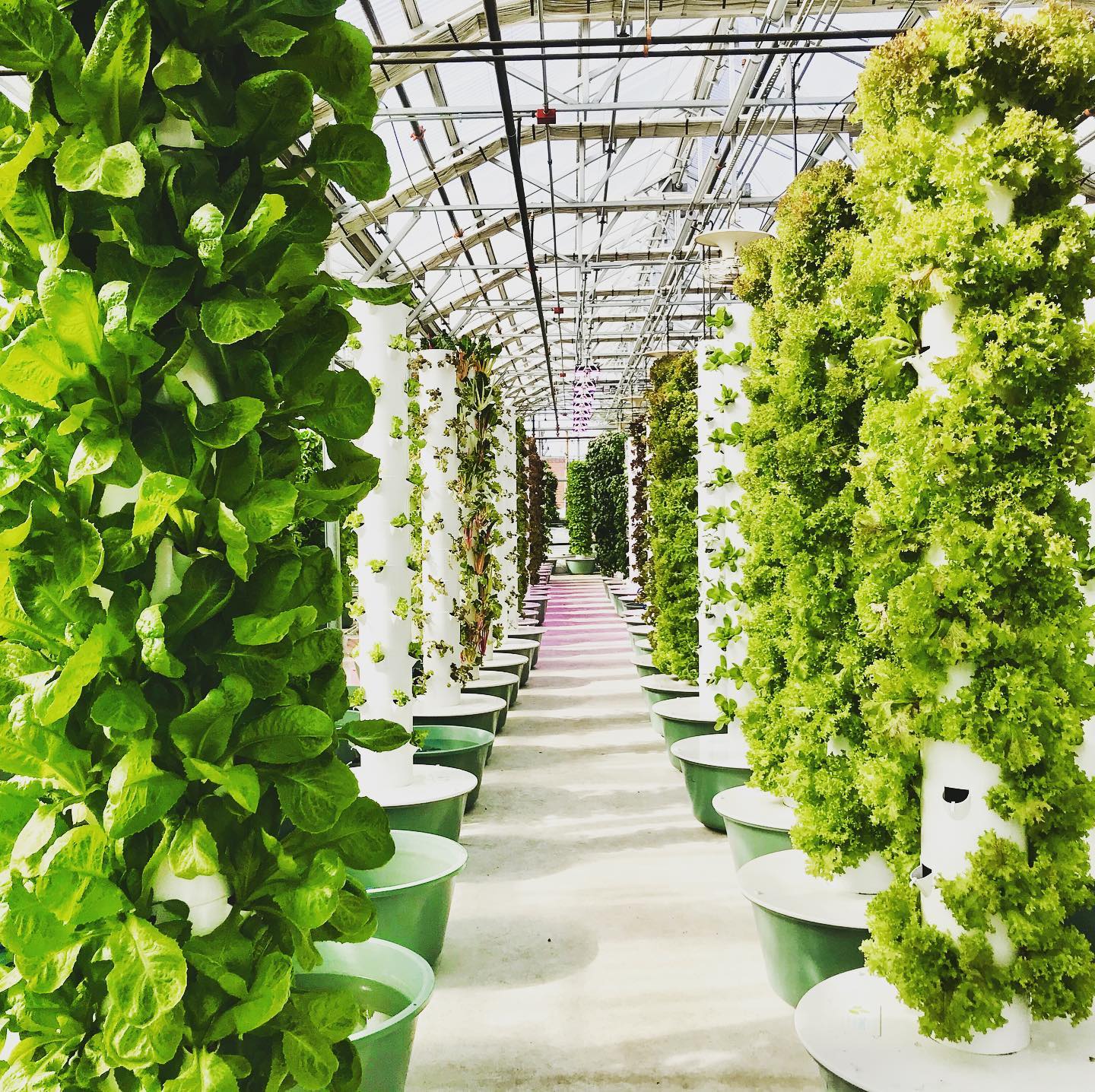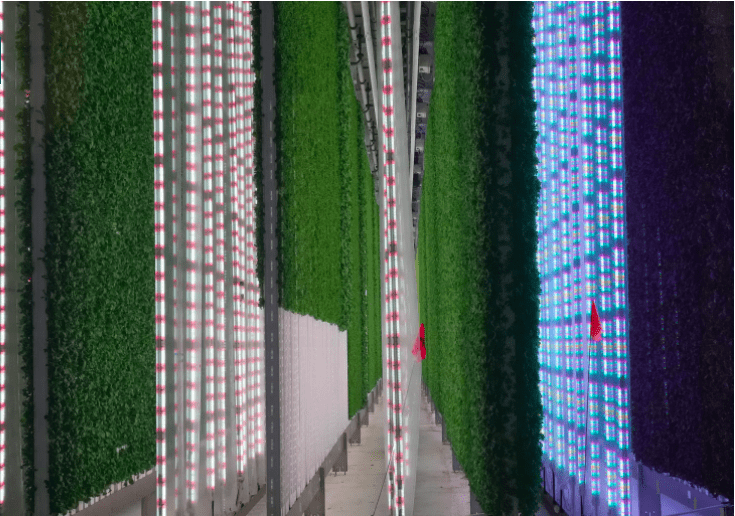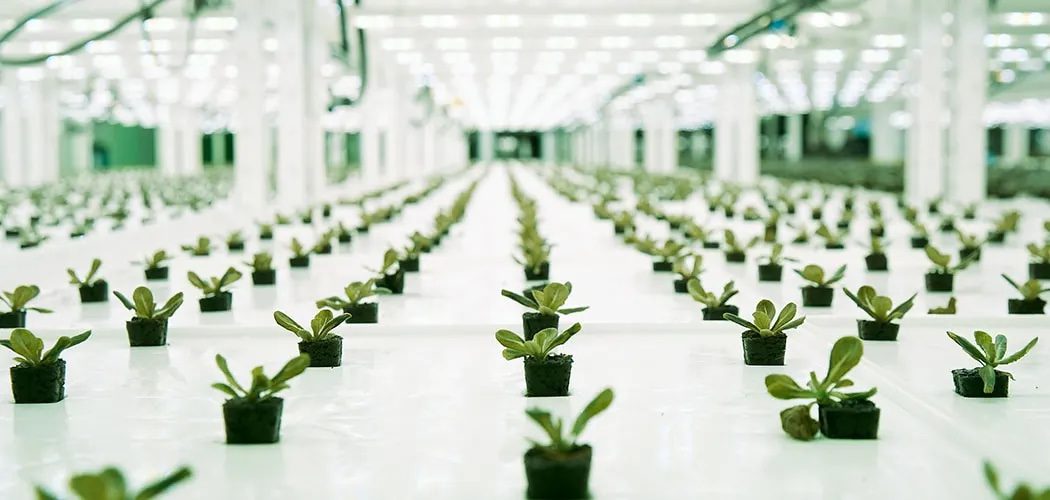When picking a career, many search for industries and occupations that align with an acceptable level of stability. Ignoring the traditional “long shot” careers in film, music, or professional sports, even conventional jobs in finance or real estate are extremely dependent on external market conditions. Despite having little in common with the types of people seeking positions at Goldman Sachs or Morgan Stanley, farmers are highly dependent on factors outside their control.
Things like extreme weather patterns, annual rainfall levels, and atmospheric conditions can significantly impact the yield of any agricultural operation. Successful farming hinges on one’s ability to roll with the punches whenever possible.
For Colorado’s agricultural sector, water efficiency is the name of the game. While generally true for most farm-heavy states, Colorado’s reservoir situation makes irrigation an exceptionally high priority even when compared to other factors like the yield per acre of a seasonal harvest.
Reports of declining annual water levels in Colorado’s Blue Mesa, Lake Powell, and Navajo reservoirs mirror a shrinking natural freshwater supply from the state’s Colorado River, which sustains more than 40 million Americans and many area farms.

Farmers have been turning away from traditionally successful agriculture practices to contend with growing restrictions. Of these new and experimental methods, hydroponic farming has assumed the presumptive successor position on the back of an unheard-of uptick in water efficiency.

Hydroponics, or vertical farming, is a practice that turns conventional irrigation 180 degrees. For the entirety of human history, agriculture was primarily a horizontal operation, where farmers planted rows of crops on plots of land that stretched far into the horizon. Though that practice condensed somewhat with growing populations and emerging land scarcity, it wasn’t until the 20th century that an Armenian concept of a truly vertical farming operation first formed. Even then, the West didn’t popularize the idea until recent decades. The concept languished in relative obscurity due to high startup costs and a gimmicky perception.

As the colliding realities of overpopulation, a changing climate and a declining freshwater supply started to come to a head, several fresh-eyed innovators began to revisit hydroponics to great success.
Recent operations from startups like Altius Farms and Kalera, and even universities like the University of Colorado Boulder, have improved their water efficiency to 95–97% over conventional farms using the same type of crop.
Such a significant upgrade can drastically change the calculus on water supplies within the state, assuming the technology is implemented at scale.
Inherent bias aside, the notion that vertical farming will eventually replace traditional agriculture is common among farming experts. It makes sense — just like societies began spacing themselves upwards instead of outwards to deal with surging population numbers, one would expect the logical next step for agriculture is to follow a similar line of thinking. An obvious idea in hindsight is likely the reason behind hydroponics seeing projections of more than 20% annual industry-wide growth for the next five years.
To those involved in that growth, the passion lies not only in revenue, but a path forward to acclimate more people on the planet. “We believe that everyone should be able to afford to eat safe, clean, fresh, and healthy local produce,” says Kalera CEO Daniel Malechuk. “And with yields at 300–400 times that of traditional field farms, we are on the way to achieving our goal.”





